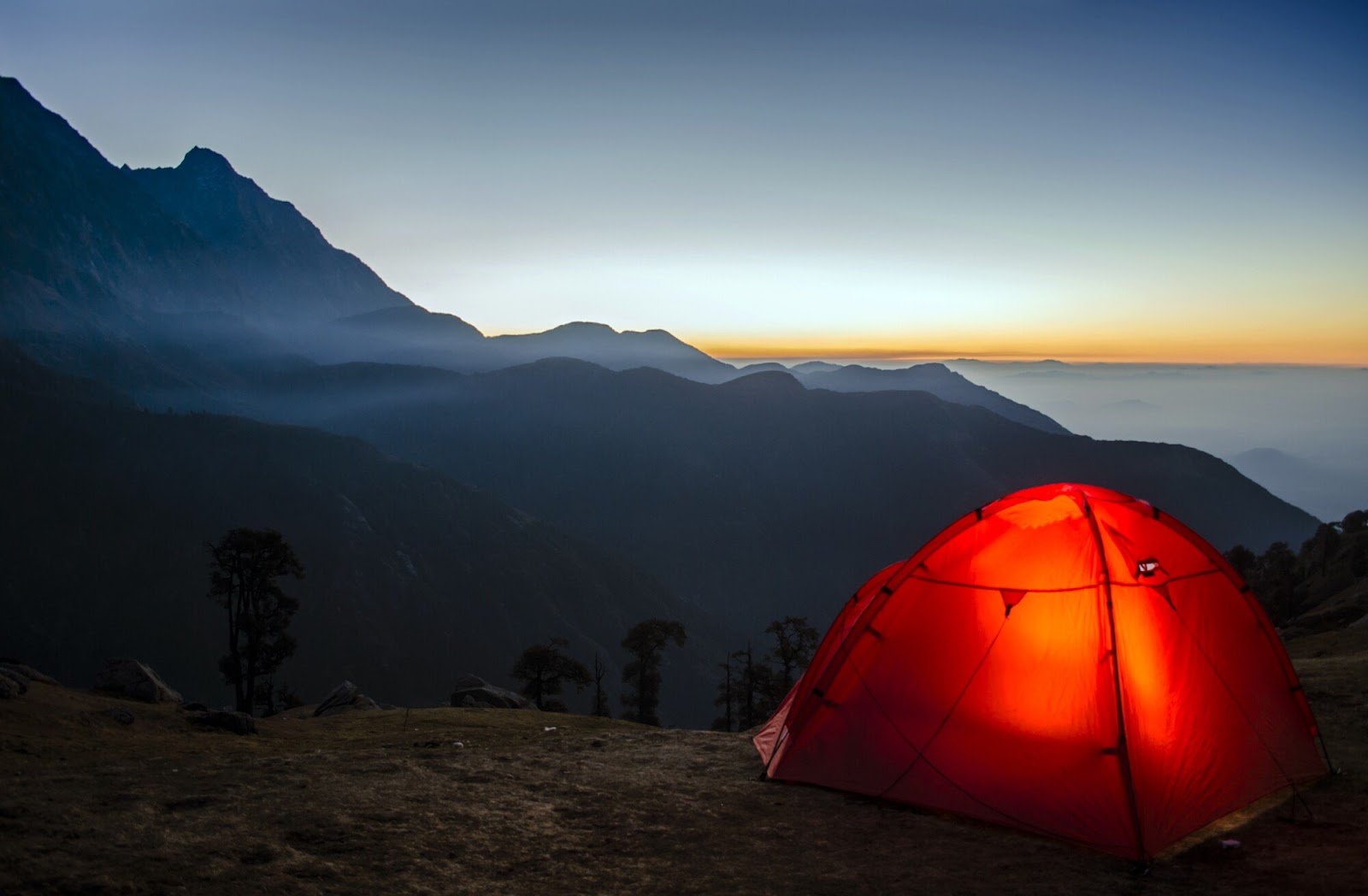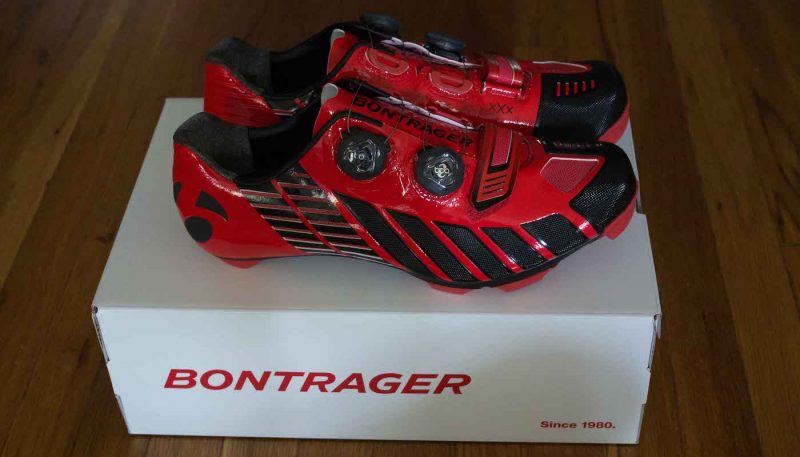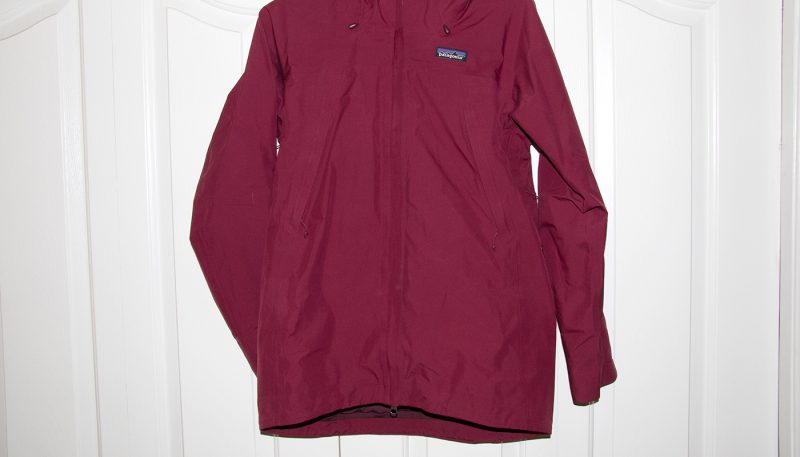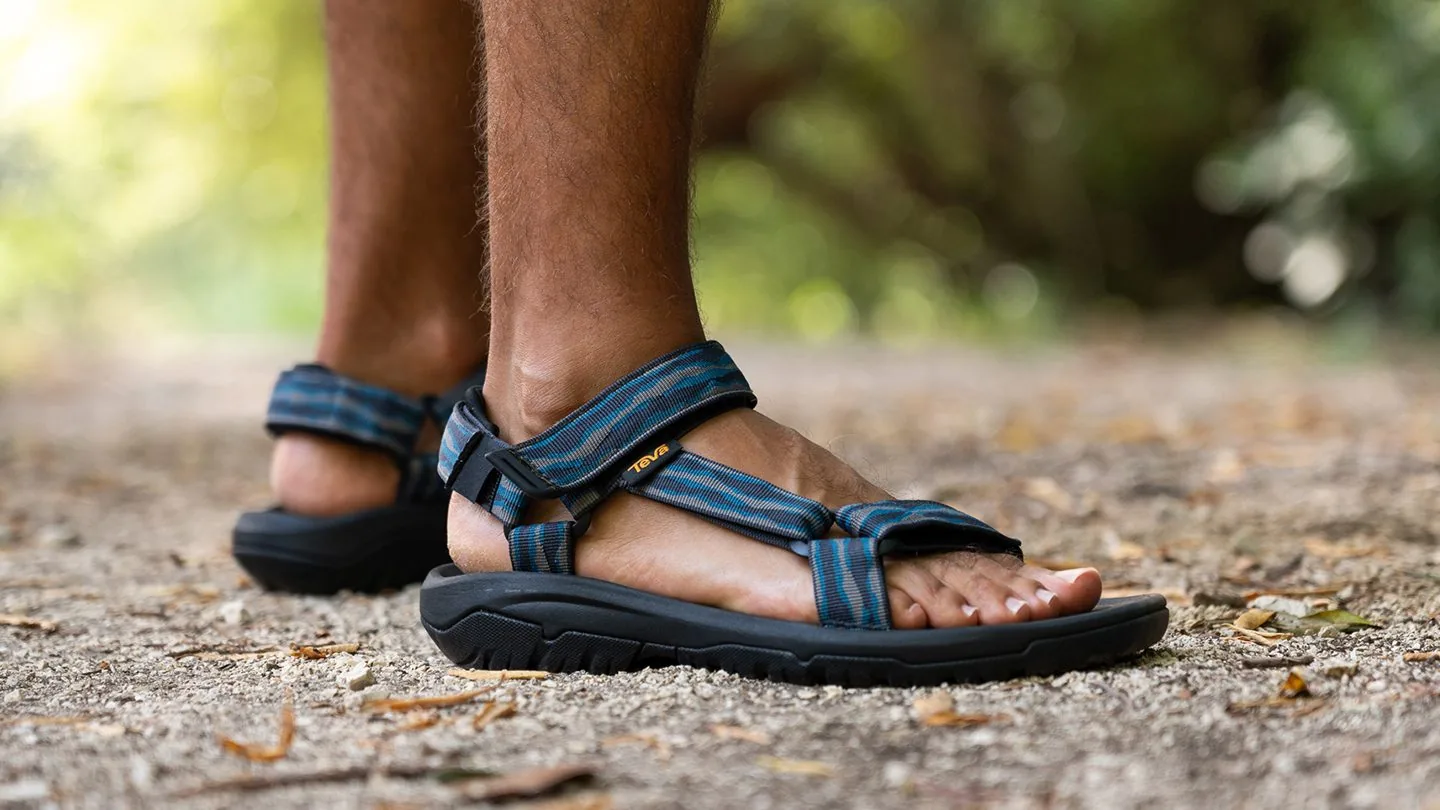Camping is a wonderful way to reconnect with nature, but comfort should never take a backseat to adventure. With the right gear, you can enjoy the great outdoors without sacrificing the coziness of home. This guide will walk you through the essential camping gear that prioritizes comfort, ensuring your next trip is as enjoyable as it is adventurous.
1. Choosing the Right Tent
Your tent is your home away from home in the wilderness, making it one of the most critical components of your camping setup. Here’s what to look for:
a. Size and Capacity
Select a tent that fits your group size comfortably. Generally, tents are rated for a certain number of people, but consider choosing a larger size to allow for gear storage. For example, a three-person tent is often better suited for two people and their equipment.
b. Weather Resistance
Look for tents made from waterproof materials with a rainfly for added protection against rain. A good tent should also have:
- Sealed Seams: Ensure that seams are sealed to prevent leaks.
- Ventilation: Mesh panels and vents allow for airflow and reduce condensation inside the tent.
c. Ease of Setup
Choose a tent that is easy to pitch, especially if you’re setting up in the dark or during inclement weather. Look for tents with color-coded poles and quick setup features.
2. Sleeping Comfort: Sleeping Bags and Pads
Getting a good night’s sleep is essential for enjoying your outdoor adventures. Here’s how to ensure comfort in your sleeping arrangements:
a. Sleeping Bag
Choose a sleeping bag that matches the conditions you expect to encounter:
- Temperature Rating: Select a bag rated for temperatures lower than what you anticipate. For example, if you expect nighttime temperatures to dip to 40°F, a bag rated for 30°F is ideal.
- Insulation Type: Down insulation is lightweight and compressible but can be expensive. Synthetic insulation is bulkier but performs better in damp conditions.
- Shape and Size: Mummy bags provide better heat retention, while rectangular bags allow more room to move. Choose one that fits your personal preference.
b. Sleeping Pad
A sleeping pad adds insulation and comfort. Look for:
- Thickness: Aim for a pad that is at least 1 inch thick for comfort and insulation.
- R-Value: The R-value measures thermal resistance; choose a pad with a higher R-value for colder conditions.
- Packability: Inflatable pads are lightweight and pack down small, making them easy to carry.
3. Comfortable Clothing: Dress for Success
Wearing the right clothing can significantly enhance your comfort while camping. Here are some essential tips:
a. Base Layers
Start with moisture-wicking base layers made from materials like merino wool or synthetic fabrics. These help regulate your body temperature and wick sweat away from your skin.
b. Insulating Layers
A lightweight fleece or down jacket can provide essential warmth when temperatures drop. Look for packable options that can easily fit in your backpack.
c. Outer Layer
A waterproof and breathable shell is crucial for protecting you from rain and wind. Choose jackets that can be easily stowed when not in use.
d. Footwear
Comfortable, sturdy footwear is essential for exploring the great outdoors. Choose hiking boots or trail shoes that provide good support and traction. Don’t forget to break them in before your trip to avoid blisters.
4. Cooking Gear: Make Mealtime Enjoyable
Cooking in the outdoors can be a delightful experience with the right gear. Here’s what to consider:
a. Portable Camp Stove
A reliable camp stove makes cooking easy and efficient. Look for:
- Weight: Lightweight options are easier to carry. Aim for stoves that weigh under 2 pounds.
- Fuel Type: Canister stoves are popular for their efficiency, while multi-fuel stoves offer versatility for longer trips.
b. Cookware
Lightweight pots and pans are essential for meal preparation. Consider:
- Material: Aluminum is lightweight and heats quickly, while titanium is more durable but typically pricier.
- Nesting Design: Look for cookware that nests together for easy packing.
c. Utensils and Accessories
Pack lightweight utensils made from durable materials. Consider bringing a cutting board, a small spatula, and biodegradable soap for easy cleanup.
5. Food Storage: Keeping It Fresh
Keeping your food fresh and organized is key to a successful camping trip:
a. Portable Cooler
A quality cooler can keep perishables fresh for days. Look for:
- Insulation Quality: Choose a cooler with thick walls and a good seal for maximum insulation.
- Durability: Select a cooler made from rugged materials that can withstand outdoor conditions.
b. Food Containers
Use reusable containers or resealable bags to keep food organized and fresh. Consider options that are lightweight and stackable for easy packing.
c. Snack Packs
Bring along easy-to-carry snacks like trail mix, energy bars, and dried fruit for quick energy boosts throughout the day.
6. Lighting: Brighten Your Campsite
Adequate lighting is crucial for navigating your campsite after dark and enhancing the overall atmosphere. Consider:
a. Headlamps
A headlamp is perfect for hands-free lighting while cooking, reading, or navigating your tent. Look for options with adjustable brightness and long battery life.
b. Lanterns
A camping lantern provides ambient light for socializing and cooking. Choose battery-operated or rechargeable options for convenience.
7. Hydration: Stay Refreshed
Staying hydrated is crucial for maintaining energy levels while camping. Here are some hydration solutions:
a. Water Bottles
Choose durable, reusable water bottles made from stainless steel or BPA-free plastic. Insulated options can keep your drinks cool.
b. Water Filtration System
A reliable water filtration system is essential for purifying water from natural sources. Consider:
- Filter Straws: Compact and easy to use, these filters allow you to drink directly from the water source.
- Pump Filters: These are slightly heavier but can filter larger volumes of water quickly.
8. First Aid and Safety Gear
Safety should always be a priority while camping. Pack essential safety gear to manage emergencies:
a. First Aid Kit
A well-stocked first aid kit is critical for treating minor injuries. Include items such as bandages, antiseptic wipes, pain relievers, and any personal medications.
b. Multi-Tool or Knife
A multi-tool or knife is invaluable for various tasks, including food preparation and gear repairs. Look for lightweight options that fit comfortably in your hand.
c. Firestarter Kit
A firestarter kit is essential for warmth, cooking, and signaling for help. Include waterproof matches, a lighter, and fire-starting materials like tinder.
9. Enjoying the Experience: Comfort Items
While gear is essential, comfort items can greatly enhance your camping experience:
a. Camp Chair
A lightweight camp chair provides a comfortable place to sit around the campfire or relax after a long day of hiking. Look for options that are easy to set up and pack down small.
b. Cozy Blanket
A lightweight, packable blanket can add warmth around the campfire or while lounging in your tent. Look for options made from fleece or down for maximum comfort.
c. Personal Items
Don’t forget personal comfort items such as a good book, games, or a journal to document your adventures.
10. Leave No Trace Principles
As you prepare for your camping trip, remember to follow Leave No Trace principles to minimize your impact on the environment:
- Plan ahead and prepare.
- Travel and camp on durable surfaces.
- Dispose of waste properly.
- Leave what you find.
- Minimize campfire impact.
- Respect wildlife.
- Be considerate of other visitors.
Conclusion
Camping can be a deeply rewarding experience, allowing you to connect with nature and escape the stresses of daily life. By prioritizing comfort with the right gear—from your tent and sleeping arrangements to cooking equipment and personal comfort items—you can enhance your outdoor experience. With thoughtful preparation, you’ll be able to enjoy the beauty of nature while feeling cozy and comfortable. So pack your gear, plan your route, and get ready for an unforgettable camping adventure! Happy camping!











